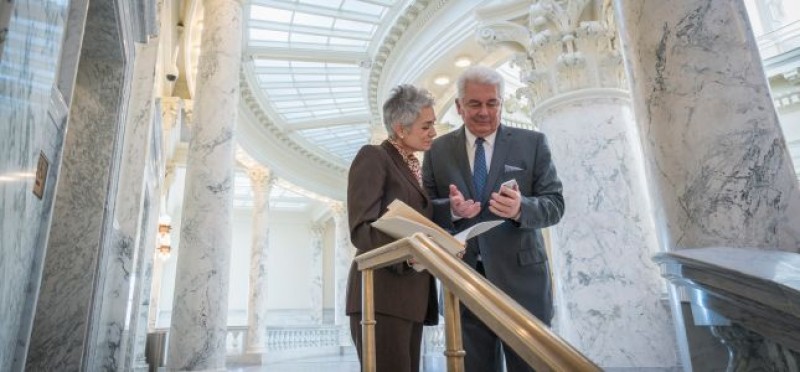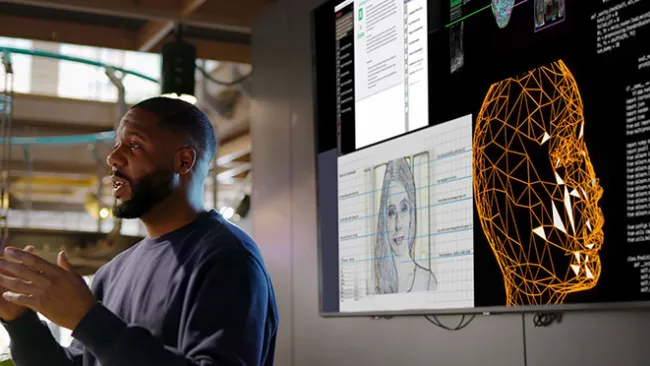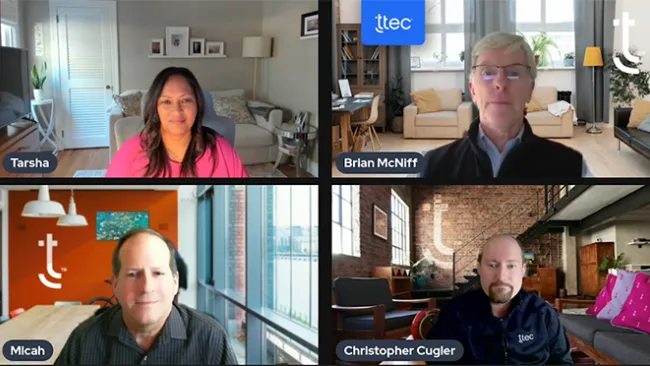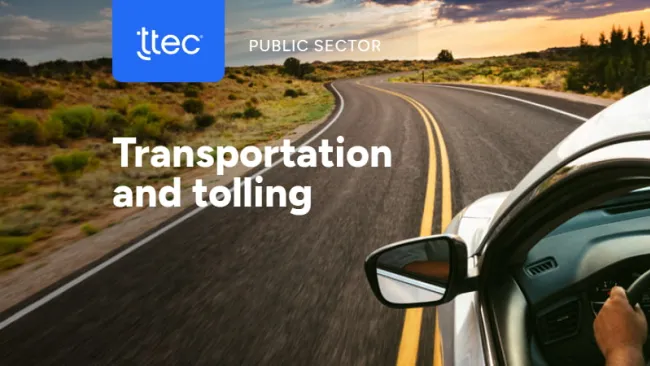Customer experiences have transformed seemingly overnight, with enhanced digital tools and technology, work-from-home operations, and empowered customers. These changes, while led by private industry, are now expected in government services as well.
Many government agencies are being asked to add more digital channels, flexibility and speed to public-facing operations while also maintaining strict levels of security and compliance. Every sailor, soldier, airman and their family members trust government agencies to protect and secure their information, whether it’s through a self-service channel or speaking with an agent. That’s why it’s critical for agencies to ensure that their constituent data is secure from top to bottom and everywhere in between.
As more government organizations move citizen services to mobile and cloud-based platforms, virtual systems and remote workforces open up security vulnerabilities. The responsibility of safeguarding citizen information requires superior omnichannel cloud contact center solutions with stringent security and reliability assurances.
In a recent 930gov webinar, TTEC Chief Information Security Officer Kip James and Vice President of Public Sector Steve Parowski highlighted CX trends that public sector agencies must prepare with a balance of ease and security.
- Digital-first experiences: Digital transformation is no longer optional. Government agencies must utilize automated capabilities to streamline processes so that employees can focus on the human touch for empathetic interactions.
- A distributed workforce: Agencies with only a few centralized brick-and-mortar locations or those with limited remote capabilities are prone to disrupted critical operations.
- Channels for all citizens: From proactive outreach to urgent responses, agencies must leverage multiple traditional and digital channels that boost citizen engagement, including chat and SMS messaging.
- Re-think security and fraud: As remote work becomes more common, security and policy factors need to be reviewed and adjusted to protect sensitive citizen information and comply with different work scenarios.
“The global pandemic taught us many things,” Parowski said. “One highlight was the speed at which mission-critical agency applications and technologies could be made available for consumption in an elastic secure cloud-based model. What once typically took three months to implement was condensed to weeks and days.” He added that cloud services provide agencies with the business continuity and security needed to meet the moment quickly and effectively.
“The goal of using cloud is to make an organization very agile so they can stay focused on their core mission,” added James. “We're providing the phone, the chat and other channels, which allow agencies to reduce facilities costs while getting best-of-breed secure, authorized technology.”
How fast is your move toward cloud contact centers?
James discussed the “walk, run, sprint” maturity model being used across U.S. government agencies as they upgrade to cloud contact centers.
Walk: An agency hands over the technology, with federal implementation of security controls and validation.
Run: A hybrid cloud solution where services are provided by a cloud solution that has been an agency ATO, which is going through this FedRAMP process.
Sprint: A fully compliant system, a full stack service stack for the contact center, all contexts in our services, in a cloud-based environment.
The benefits of cloud are easy to see, based on evidence from government agencies that have implemented it. “Clearly what we've seen in the last five years as more agencies adopt cloud solutions is that their total costs of ownership is going down and they have a much higher return on investment than traditional government owned or contractor operated premise-based solutions,” Parowski said.
Watch the full webinar, “How to combine security and citizen centricity for cloud contact center success” to learn even more about the move to cloud in the public sector.

















